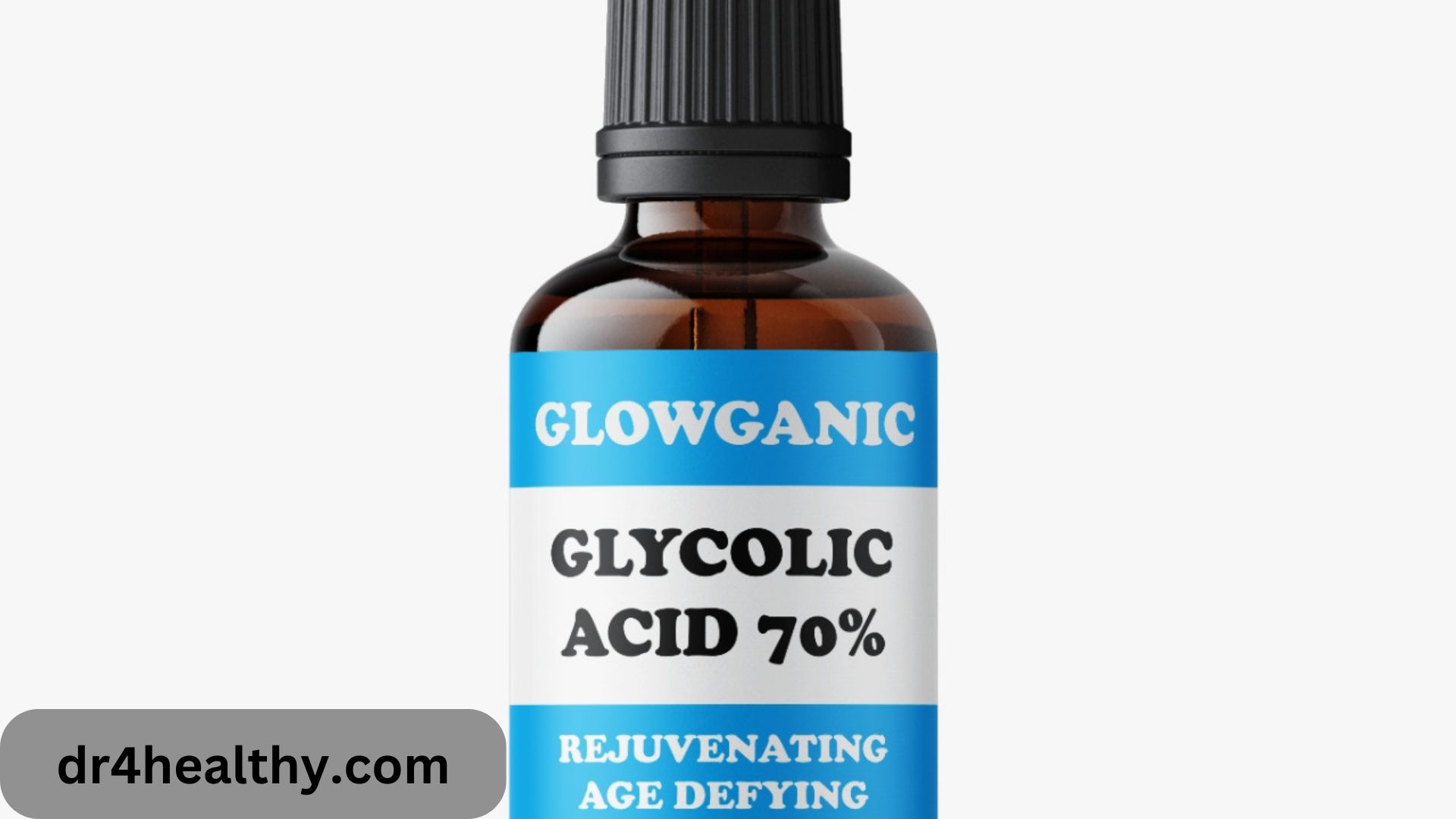Glycolic Acid Cream
Alpha-hydroxy acids include Glycolic Acid Cream (AHA). Natural acids called alpha-hydroxy acids can be found in food. The source of glycolic acid is sugarcane.
Glycolic acid and other alpha-hydroxy acids function by eliminating the outermost layers of dead skin cells.
Moreover, glycolic acid appears to aid in repairing skin damage from the sun.
Glycolic Acid Cream is used to treat scars from acne, aging skin, and dark spots on the face. Stretch marks and other conditions are also treated with it, but these additional uses are not well supported by scientific research.
Glycolic Acid Cream should not be confused with other alpha-hydroxy acids such as tartaric, lactic, citric, and malic acids. They’re not the same.
Glycolic Acid Cream Visit
Applications and Efficiency
Potentially Beneficial for Acne For those 12 years of age and older with mild to moderate acne, applying glycolic acid topically appears to help reduce acne. skin aging. It appears that wrinkles and other indications of aging and sun damage are lessened when glycolic acid is applied topically.
Acne scars appear to disappear when glycolic acid is applied topically, either by itself or in conjunction with microneedling. Face patches with dark skin (melasma) Glycolic acid application to the skin appears to lessen both epidermal-type and mixed-type melasma, either by itself or in conjunction with other therapies.
However, dermal-type melasma, which develops in a deeper layer of the skin, does not appear to be helped by it. Numerous additional uses for glycolic acid are being considered.
Guidelines for Use
Glycolic Acid Cream should only be applied externally. Cream, Gel, or Lotion: Apply the recommended quantity of gel, lotion, or cream to the afflicted areas of the skin. Using your fingers, gently massage the medication into the skin. Both before and after using the cream, gel, or lotion, wash your hands.
Avoid applying a bandage or dressing to the injured areas. Foam: Gently massage the afflicted areas after liberally applying the foam. After, rinse with fresh water. Cleaning bar/soap: Use your hands to work the bar/soap into a rich lather, then apply it to the affected areas.
After giving it a light circular massage, wash it off with clean water. Face mask: Cleanse the affected area with a non-medicated cleanser and pat dry before applying the face mask. Put a small amount of the For 20 to 25 minutes, let the mask dry while moving in circular motions. Use clean water to rinse.
Side Effects of Glycolic Acid
Store it away from sunlight in a cool, dry place. burning feelings irritation and itching swelling and rash on the skin
Checklist of Drug-Drug Interactions
Safety Alert Alcohol
Warning is unknown how alcohol and glycolic acid interact. Before consuming alcohol while using glycolic acid, please see a doctor.
Safety Alertmaternity caution please see a doctor before using Anme if you are pregnant.
Safety AlertBefore Feeding
WARNING Studies on the effects of Glycolic Acid Cream on breastfed infants are scarce. If you are breastfeeding, please speak with your doctor before using glycolic acid.
Safety AlertDriving is not applicable. Using glycolic acid prior to driving is usually safe.
Safety Alert Liver
WARNINGBefore using glycolic acid, disclose to your doctor any history of liver disease.
Safety Alert Kidney
WARNINGBefore using any medication, disclose to your doctor any history of kidney disease.
Acid Glycolic
Safety AlertADULTRENSPEAK WITH YOUR DOCTORPlease get medical advice before giving children glycolic acid.
In-Depth Precautions and Warning Drug Warnings
Do not use glycolic acid if you are allergic to any of its ingredients. Please inform your doctor if you are using any other medications including vitamins before starting glycolic acid.
GLYCOLIC ACID can make the skin more sensitive to the sunlight hence always use sunscreen and protective clothing before you step outdoors. It is recommended to avoid tanning booths and sunlamps. Do not apply glycolic acid to irritated and sunburned skin.
Care should be taken while using glycolic acid on sensitive areas such as the neck. Let your doctor know if you are pregnant planning to conceive or are a breastfeeding mother.
Drug-Drug Interactions
Nothing of interest was discovered.
There was no drug-food interaction discovered.
There was no interaction between the drug and the disease.
